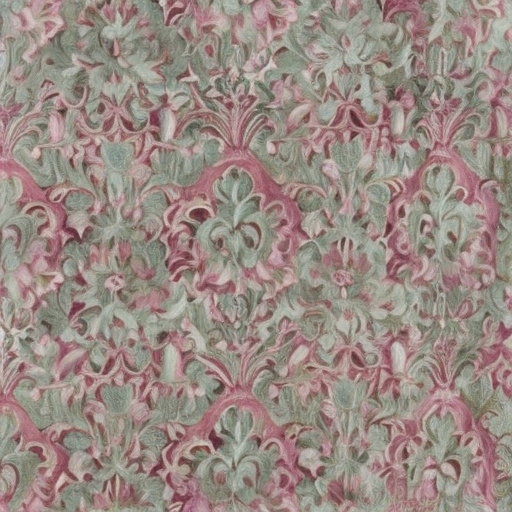Rococo: A Summary of the Ornate and Playful Artistic Style
Rococo is an artistic style that emerged in the early 18th century in France and spread throughout Europe. It is characterized by its ornate and playful nature, with a focus on lightness, elegance, and intricate details. Rococo art and design can be seen in various forms, including painting, sculpture, architecture, and interior design.
Origins and Influences
The Rococo style developed as a reaction against the grandeur and formality of the preceding Baroque period. It drew inspiration from the natural world, particularly from the delicate curves and asymmetrical shapes found in nature. The Rococo style also incorporated elements from the decorative arts of East Asia, such as chinoiserie and lacquerwork, which were highly sought after in Europe at the time.
Characteristics of Rococo Art
Rococo art is characterized by its emphasis on grace, charm, and lightheartedness. It often depicts scenes of leisure and pleasure, with a focus on the aristocracy and their lavish lifestyles. The subject matter of Rococo paintings ranges from mythological and historical themes to everyday life and romantic encounters. The use of pastel colors, delicate brushwork, and soft lighting further enhances the ethereal and dreamlike quality of Rococo art.
Painting and Sculpture
Rococo painting is known for its intricate details, elaborate ornamentation, and depictions of luxurious fabrics and textures. Jean-Antoine Watteau, François Boucher, and Jean-Honoré Fragonard are among the most prominent Rococo painters. Watteau’s paintings often depict elegant outdoor scenes, while Boucher’s works focus on sensual and mythological subjects. Fragonard is known for his playful and romantic scenes, capturing moments of love and desire.
Rococo sculpture, on the other hand, is characterized by its delicate and intricate craftsmanship. Sculptors such as Jean-Baptiste Pigalle and Clodion created sculptures that were highly decorative and often featured mythological figures or allegorical themes. These sculptures were often used to adorn the interiors of palaces and grand estates.
Architecture and Interior Design
Rococo architecture is characterized by its asymmetrical design, elaborate ornamentation, and the use of curved lines and natural motifs. The most famous example of Rococo architecture is the Palace of Versailles, with its opulent interiors and intricate detailing. Other notable examples include the Würzburg Residence in Germany and the Catherine Palace in Russia.
Rococo interior design is marked by its luxurious and extravagant style. Interiors were adorned with ornate stucco work, gilded furniture, and delicate wall coverings. The use of mirrors and light colors helped create an illusion of spaciousness and elegance. The Rococo style also influenced the design of furniture, with pieces featuring curved lines, intricate carvings, and richly upholstered fabrics.
Legacy and Criticism
The Rococo style fell out of favor in the late 18th century, as a more restrained and neoclassical aesthetic gained popularity. However, it experienced a revival in the 19th century, particularly in the decorative arts and fashion. Today, Rococo is celebrated for its exuberance and decorative beauty, and its influence can be seen in various contemporary art and design movements.
Critics of Rococo argue that its emphasis on frivolity and superficiality detracts from its artistic value. They argue that the style reflects the excesses of the aristocracy and fails to address the social and political issues of the time. However, proponents of Rococo appreciate its ability to transport viewers into a world of beauty and fantasy, providing an escape from the realities of everyday life.
In conclusion, Rococo is an artistic style characterized by its ornate and playful nature. It emerged in the 18th century as a reaction against the formality of the Baroque period and drew inspiration from nature and the decorative arts of East Asia. Rococo art can be seen in painting, sculpture, architecture, and interior design, with its emphasis on grace, charm, and intricate details. While it fell out of favor in the late 18th century, Rococo has left a lasting legacy and continues to be celebrated for its exuberance and decorative beauty.












